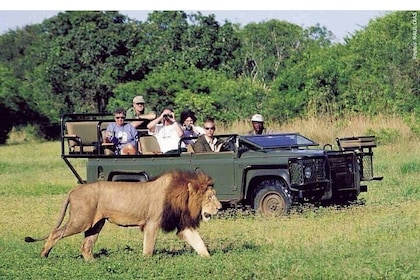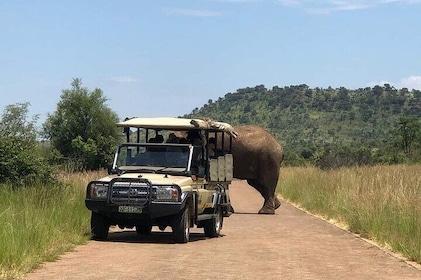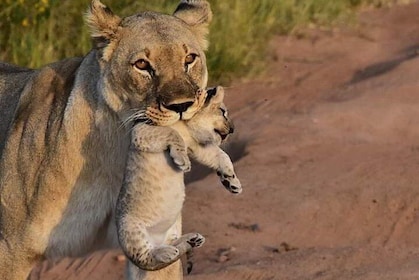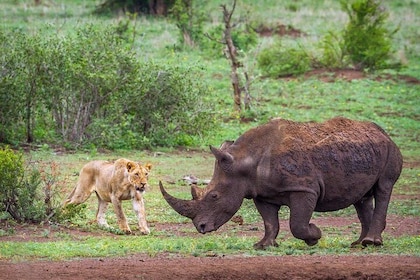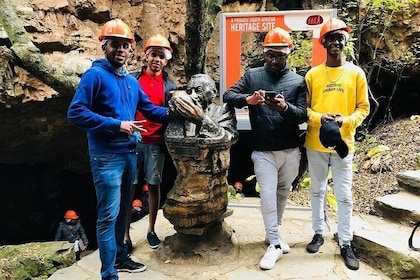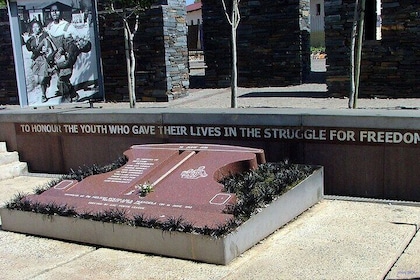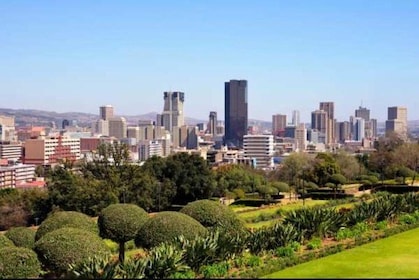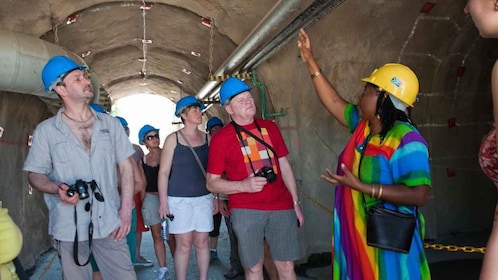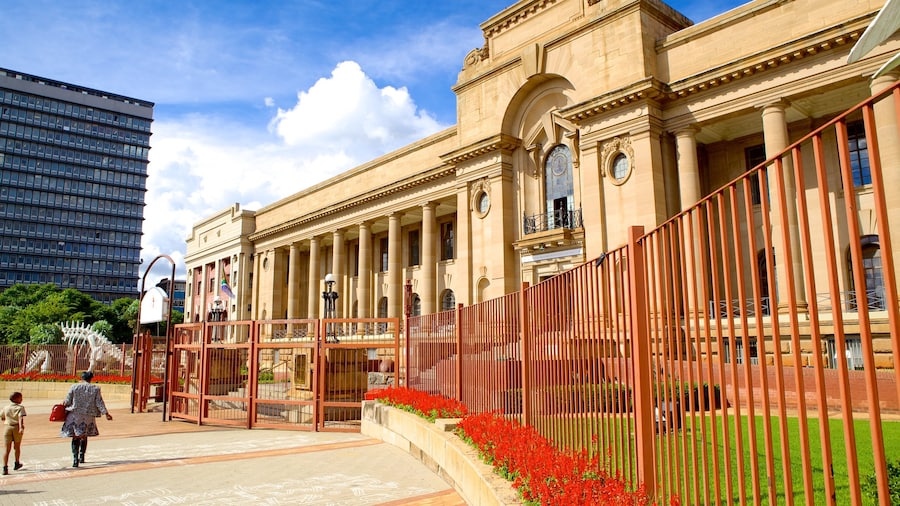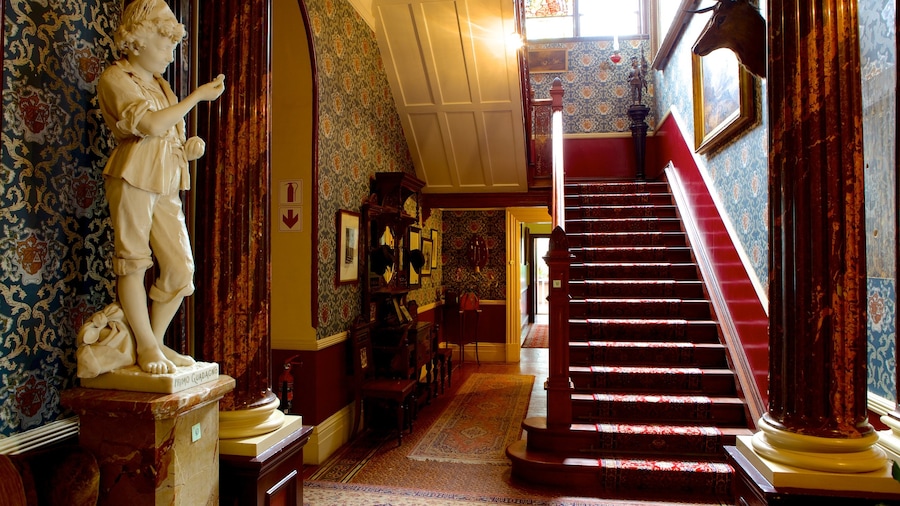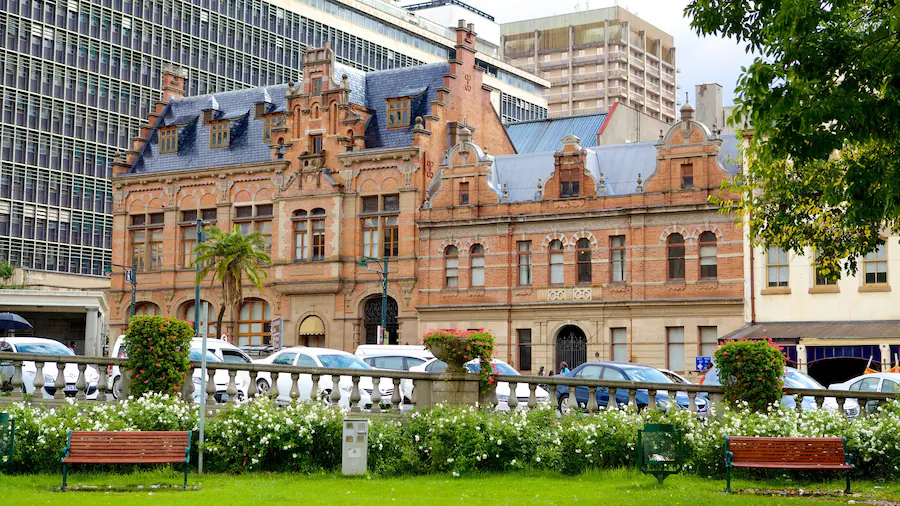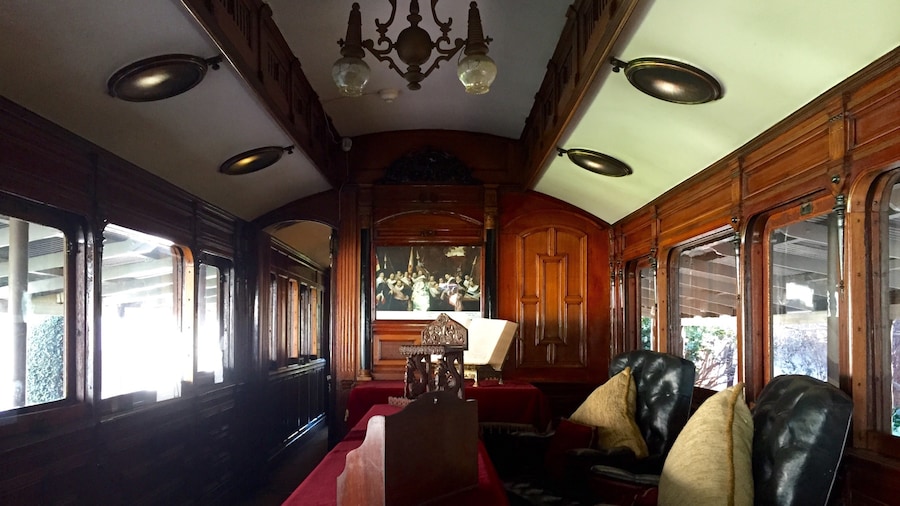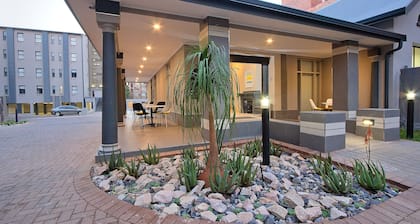Examine the skull of one of humankind’s earliest ancestors and other precious artifacts discovered in the Cradle of Humankind World Heritage Site at the National Museum of Natural History. Browse this massive 19th-century museum, formerly known as the Transvaal Museum, in the center of Pretoria to see hundreds of species of indigenous birds, fossils and much more.
On the way into the museum, admire its enormous neoclassical façade. Built in December 1892, the National Museum of Natural History features a long line of sand-colored pillars. Study the dinosaur skeletons in front of the museum.
The most important artifact in the museum’s collection is “Mrs. Ples.” Discovered in 1947 in the Cradle of Humankind, this fossilized skull is thought to belong to one of humanity’s early ancestors. Examine this specimen believed to be 2.1 million years old.
The museum outlines the evolutionary history of life on earth. Follow the museum’s exhibits to see how life developed from single-celled organisms to invertebrates, reptiles and human beings.
The National Museum of Natural History features a rich diversity of specimens. Taxidermied animals, skeletons and age-old fossils are mixed together to show the full breadth of life. Check out the huge elephant mounted in the middle of the lobby.
Enter the Austin Roberts Bird Hall to see one of the museum’s proudest collections. With more than 50,000 bird specimens from 60 countries, the bird collection at the National Museum of Natural History is South Africa’s largest. See the colorful feathers of more than 800 bird species indigenous to South Africa.
Kids will love the museum’s Discovery Center, which teaches about the wonders of nature by appealing to all five senses. At the end of your visit, drop by the gift shop to browse through fun and educational gifts for science lovers.
The National Museum of Natural History is located a few blocks south of Church Square. Reach the museum by bus or on foot from anywhere in the city center. The museum is open daily and there is a fee to enter.

